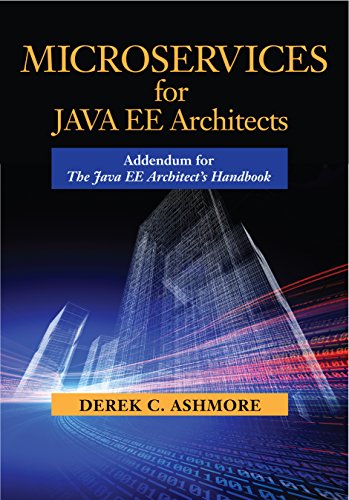

Most ebook files are in PDF format, so you can easily read them using various software such as Foxit Reader or directly on the Google Chrome browser.
Some ebook files are released by publishers in other formats such as .awz, .mobi, .epub, .fb2, etc. You may need to install specific software to read these formats on mobile/PC, such as Calibre.
Please read the tutorial at this link: https://ebookbell.com/faq
We offer FREE conversion to the popular formats you request; however, this may take some time. Therefore, right after payment, please email us, and we will try to provide the service as quickly as possible.
For some exceptional file formats or broken links (if any), please refrain from opening any disputes. Instead, email us first, and we will try to assist within a maximum of 6 hours.
EbookBell Team

0.0
0 reviewsGiven published success stories from Netflix, Amazon, and many others; many companies are adopting microservices architecture. In fact, the published success at microservices for some major companies has started a fad. For organizations that are heavily invested in Java technologies, writing microservices using Java is a natural progression.
As Java architects, we need to understand what microservices are, when to use them, and the value they provide. We need to understand design and implementation considerations for using microservices so that we can guide a development team through microservice development efforts. We also need to understand the various pitfalls of using microservices and common implementation mistakes that can erode the benefits of using microservices.
While this book is a companion to the Java EE Architect's Handbook, it is separate and self-contained. Like the handbook, I'll guide architects through the entire development process. I provide guidance on how to effectively design service contracts. I cover coding patterns in detail that are needed to make microservice libraries effective with code examples along the way. I provide guidance on how to refactor large, complex web applications into smaller and more manageable microservices. I provide guidance on making microservices easier to maintain and support.
What you’ll learn
Who this book is for